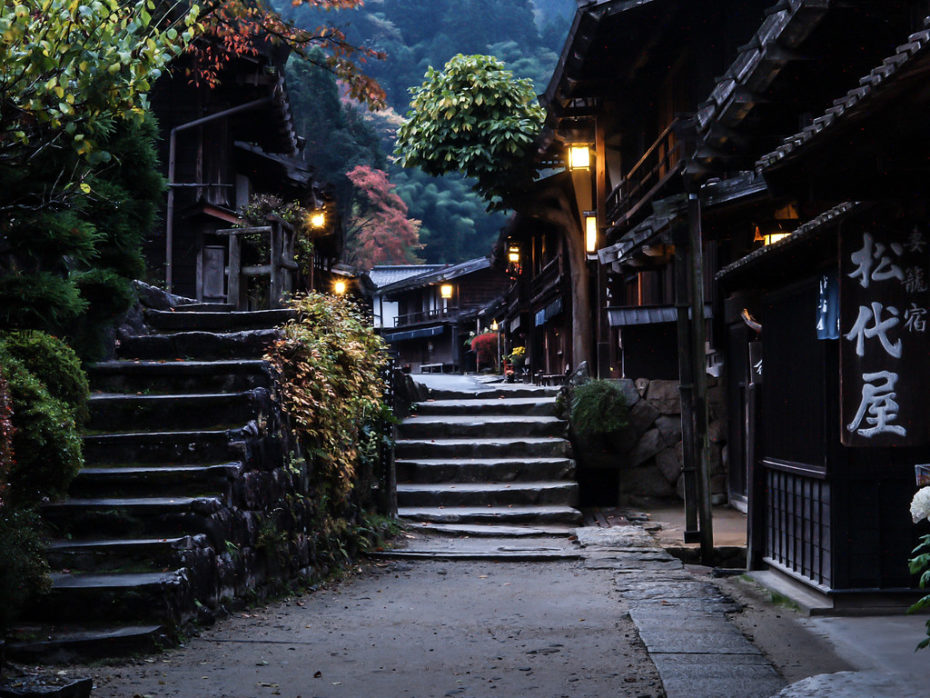
We’ve got an achilles heel for places stuck in the past, and today on our armchair adventures, we’re stopping off in the sleepy streets of Japan’s cinematic post towns, known locally as Shukuba (宿場). What is a post town, you ask? Essentially it’s a pit-stop, albeit a very charming one lost in time, which popped up along Japan’s ancient highways during the Edo period. These pit-stops became small villages built specifically for the weary traveller; a place to recharge for the night with a hot meal, a spot of sake, maybe even some good conversation with a fellow samurai – kind of like a 7-Eleven, only way, way better. The villages dressed the perimeter of the Nakasendo, a 500+ kilometre pedestrian highway between Tokyo and Kyoto so frequented by samurais and nobles that it became known as the “The Princess’ Superhighway” (Hime no kaido). Hundreds of years later, the surviving post towns are a veritable portal into the past…
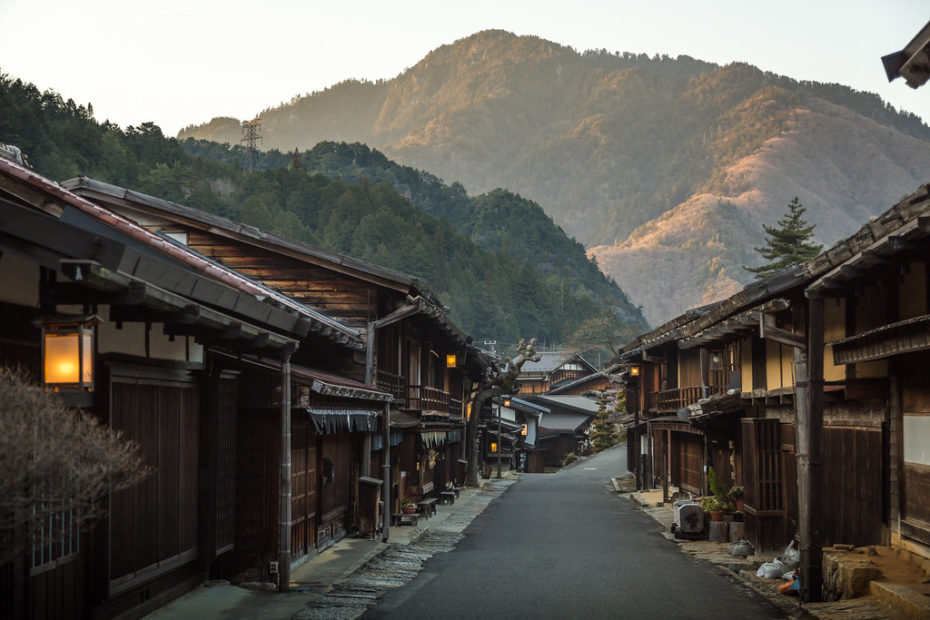
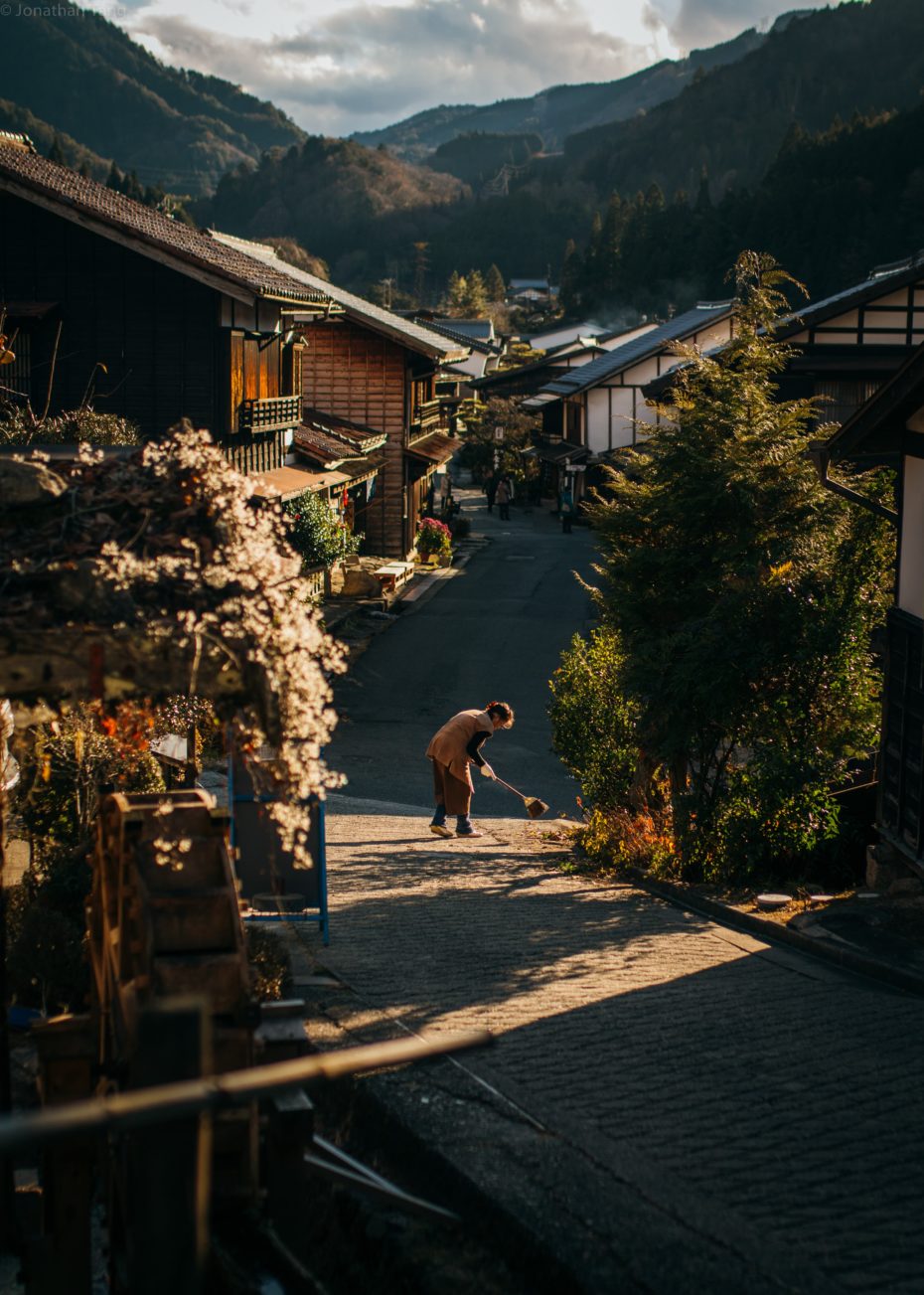
The Nakasendo wasn’t the only way to get from Tokyo to Kyoto, but it was certainly the most famous. Exactly sixty-nine post towns were built along its path, mostly during the 17th century, catering primarily to public officials (remember, this was feudal Japan).
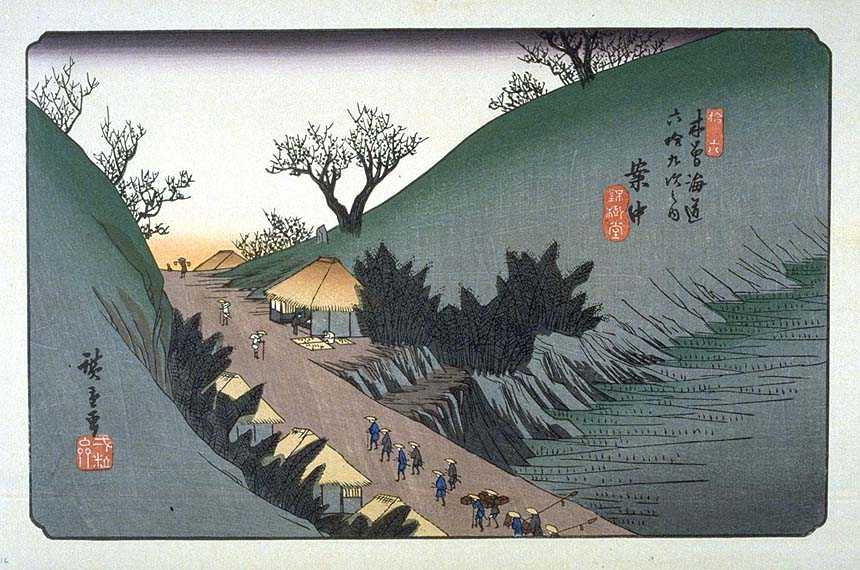
When the majorly high-maintenance Princess Kazunomiya swept through a post-town along the Nakasendo, she was rumoured to travel with an entourage of up to 15,000. The inn-keepers, cooks, craftspeople, and farmers had to supply thousands of porters and horses, giving rise to mini economies within each post town. Small boutiques and amenities flourished so that court nobles and samurai could put their feet up for the night.
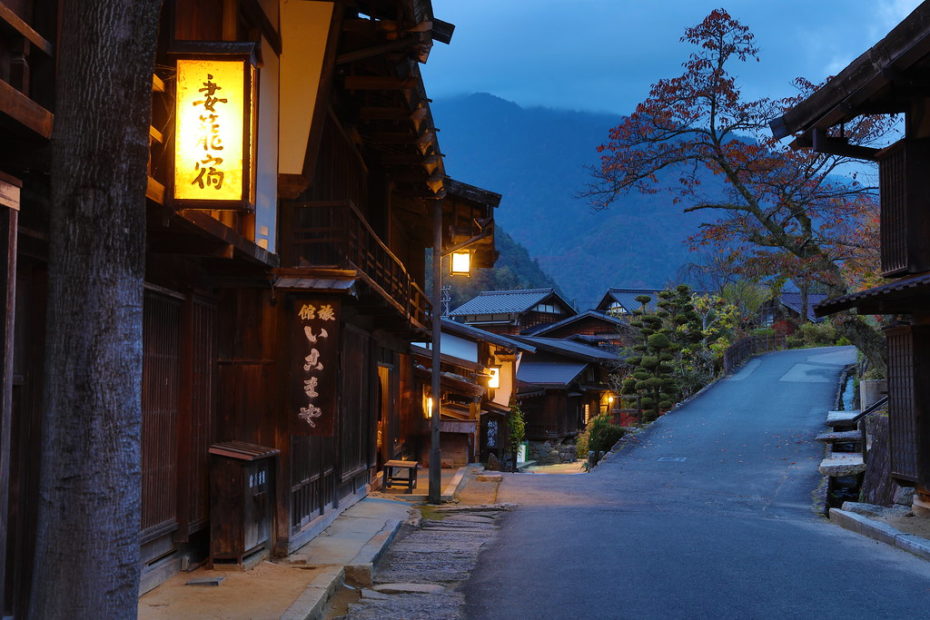
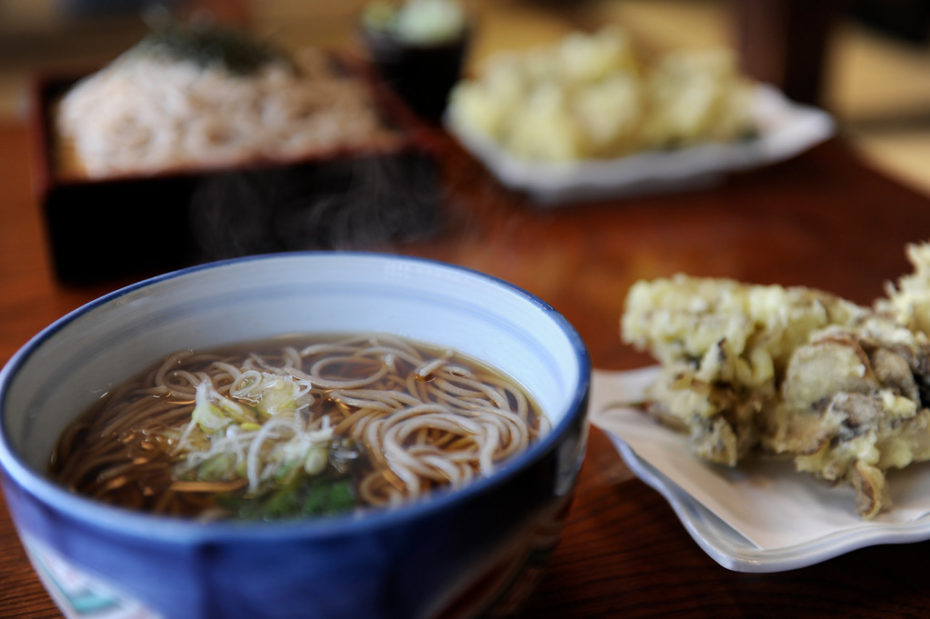
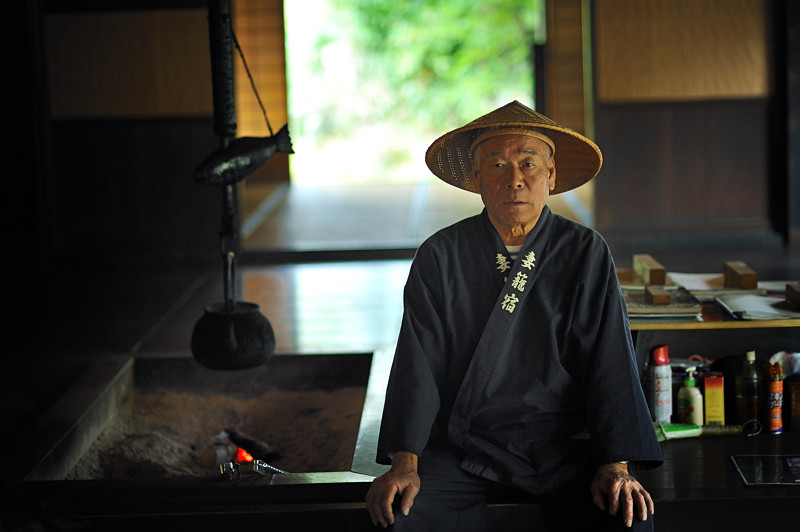
Family-run bed & breakfasts (minshuku) and small inns (Waki-honjin) accommodated both the Japanese elite and their humble servants, but the Honjin were strictly reserved for high-ranking government officials. These luxurious walled residences typically belonged to the post town leaders, who offered up their gated homes to the most VIP travellers. Today, many of the Honjin have been preserved or restored and are open to be viewed by the public as house museums.
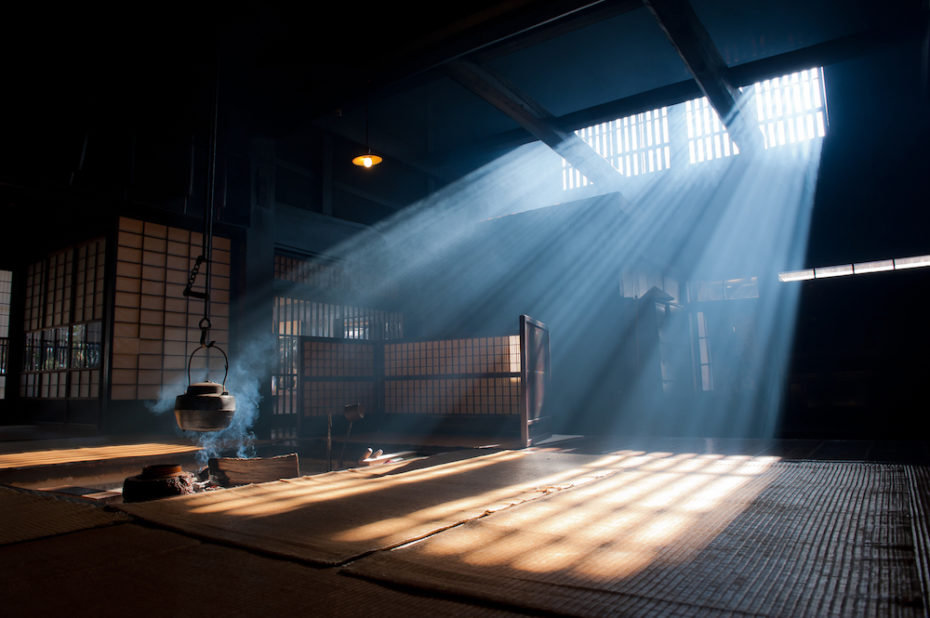
Most of the old Nakasendo highway no longer exists, having been replaced with rail lines and highways for vehicles, but there are small sections of it where you can walk on the old stone paving.
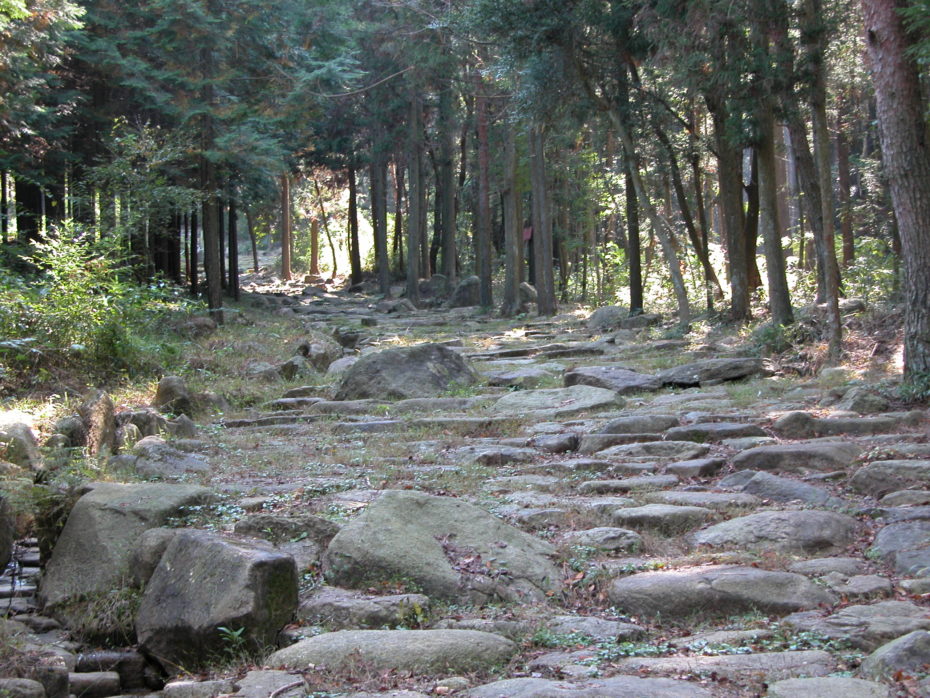
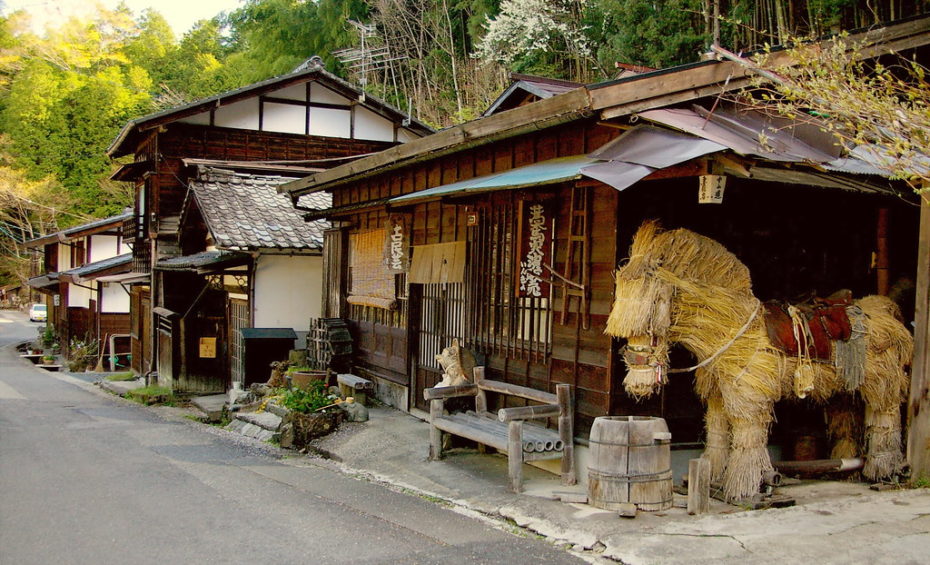
The towns themselves had nearly all crumbled by the time the Japanese government stepped in to save them in the 1960s, preserving many of the original thatched roofs and wooden homes.
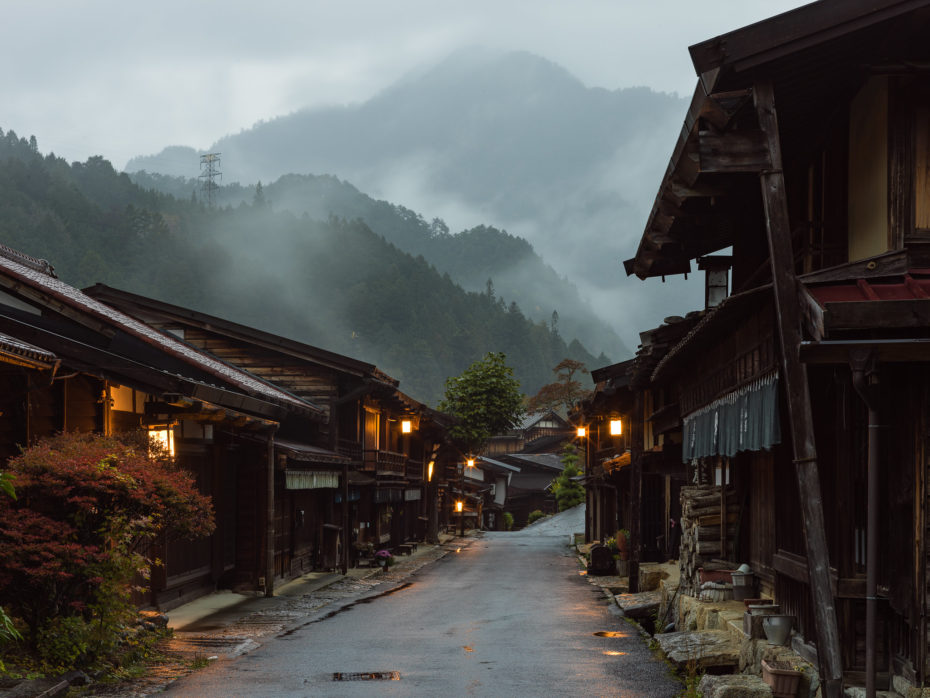
Most of the post towns also don’t allow cars on their streets and power cables are kept concealed, allowing visitors to imagine they have slipped back to an earlier time. They’re pretty much the kind of mystical places you’d expect to see a ninja running along the rooftops, straight out of a Miyazaki movie.
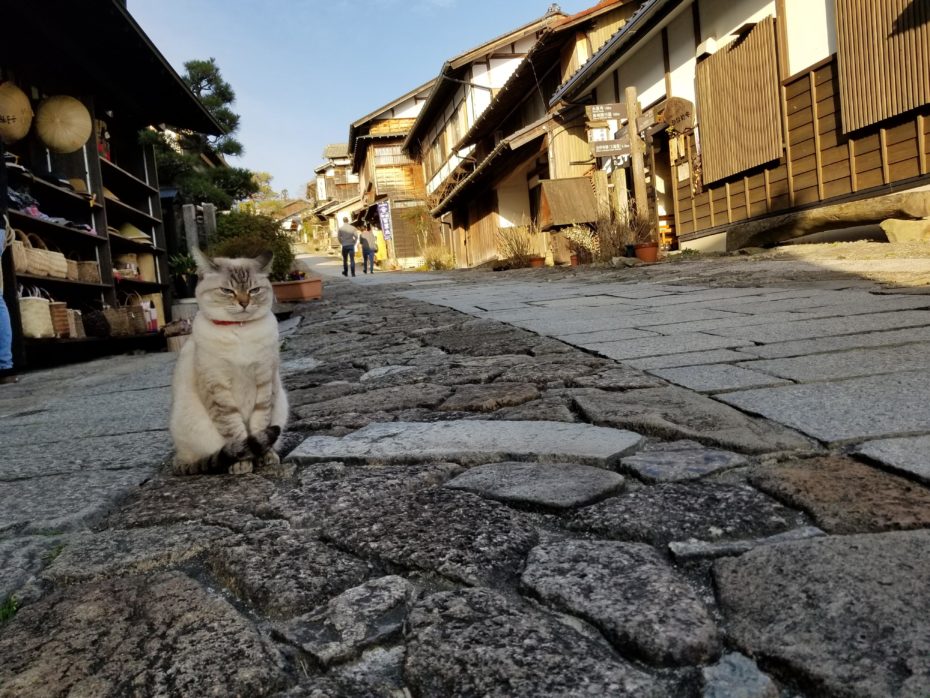
Post towns would most certainly be considered “off the beaten path” for first-time visitors, but they are quite popular among seasoned Japan-tourists and domestic visitors. Some “faux” or replica stations inevitably popped up as the restored historic villages became lucrative once again, this time as tourist attractions in their own right. Ouchijuku, Magome, Tsumago, and Narai are examples of the most authentic remaining post towns along the highway.
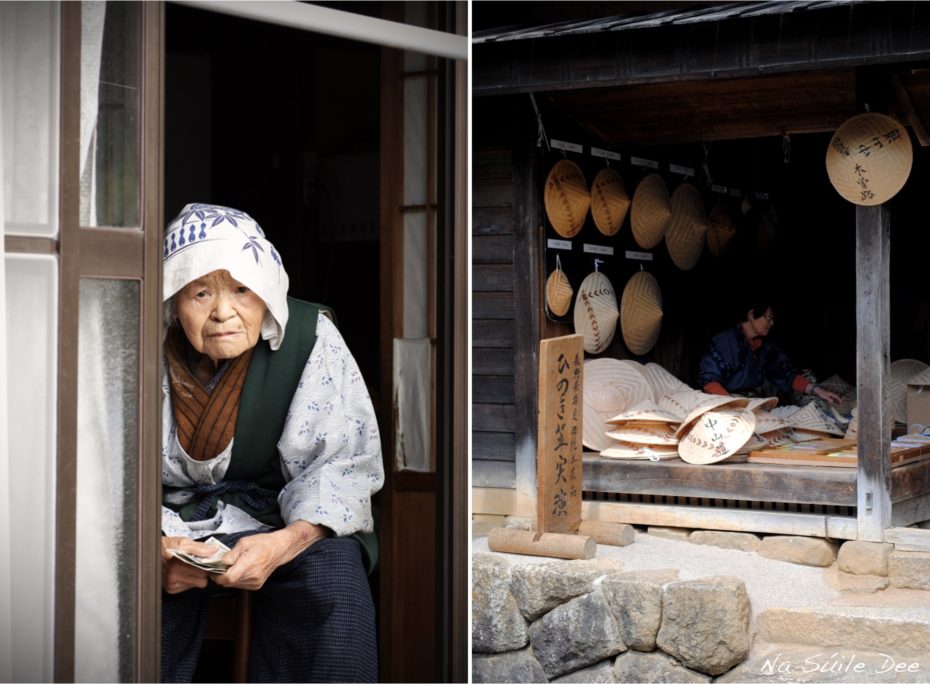
Traditional souvenirs sold at the old boutiques are carved out of wood as they have been for centuries, and come nightfall, the streets are as silent as they were hundreds of years ago (a benefit to spending the night). You can stay in a minshuku guest house for under $100/night and imagine what it must’ve been like waiting for a Japanese Princess to sweep through. Come morning, you’ll be greeted by sleepy house cats and friendly locals offering tea.
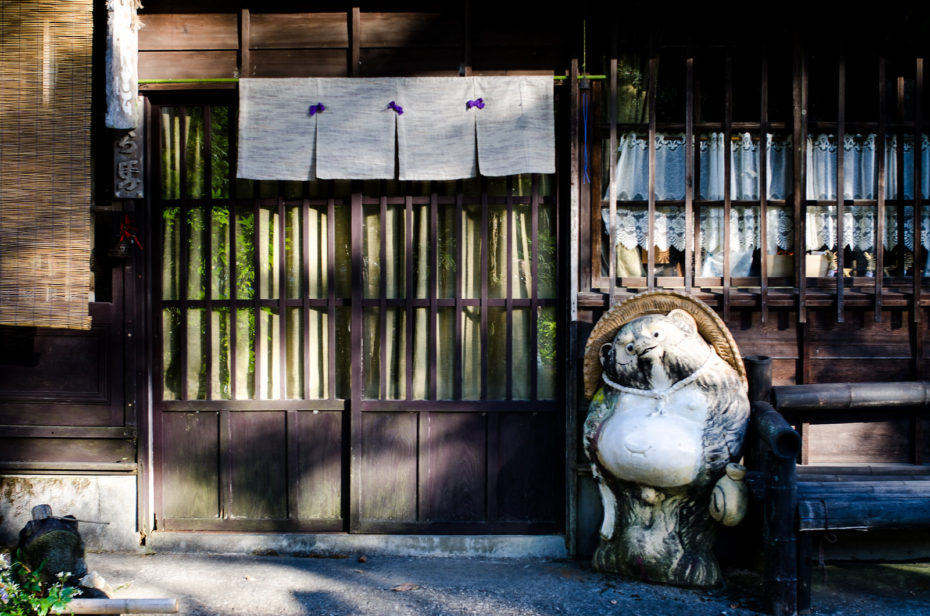
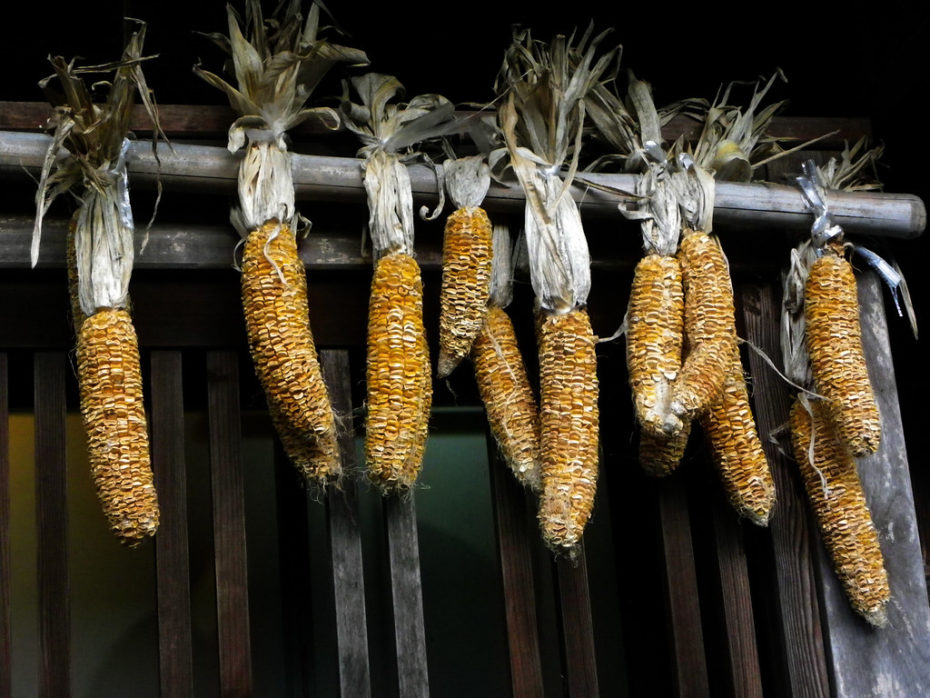
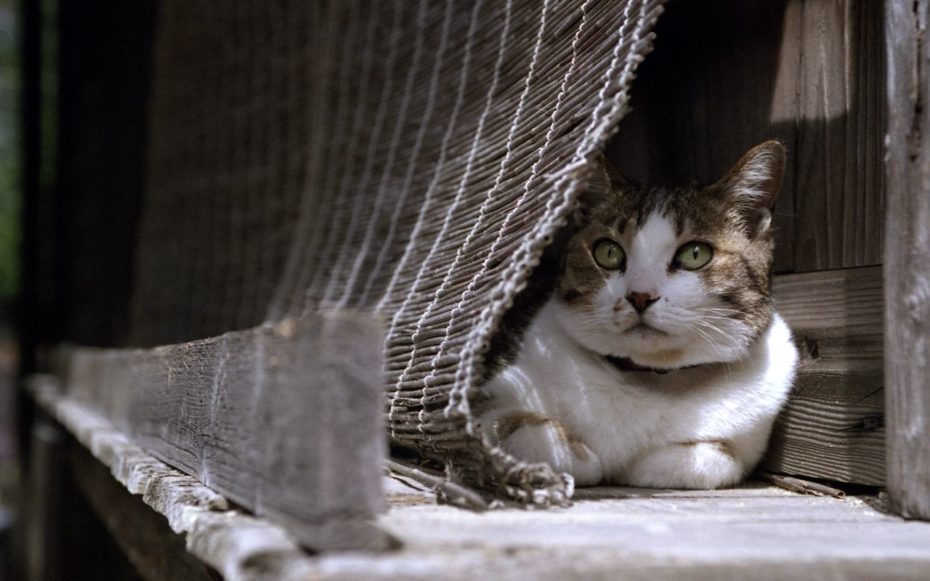
In the Japanese Alps of the Kiso Valley, the post town of Tsumago has a 500-yr-old weeping cherry tree and The Nagiso Museum of History with various artifacts and displays relating to the history of the area, while the nearby town of Magome is perched so close to the heavens, it’s been an inspiration for artists for hundreds of years.
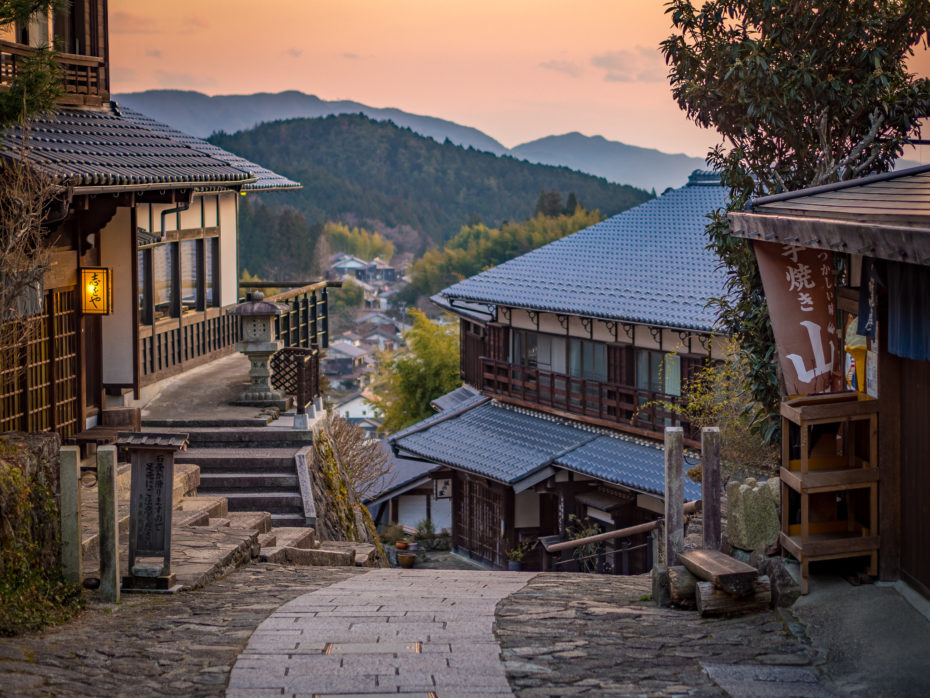
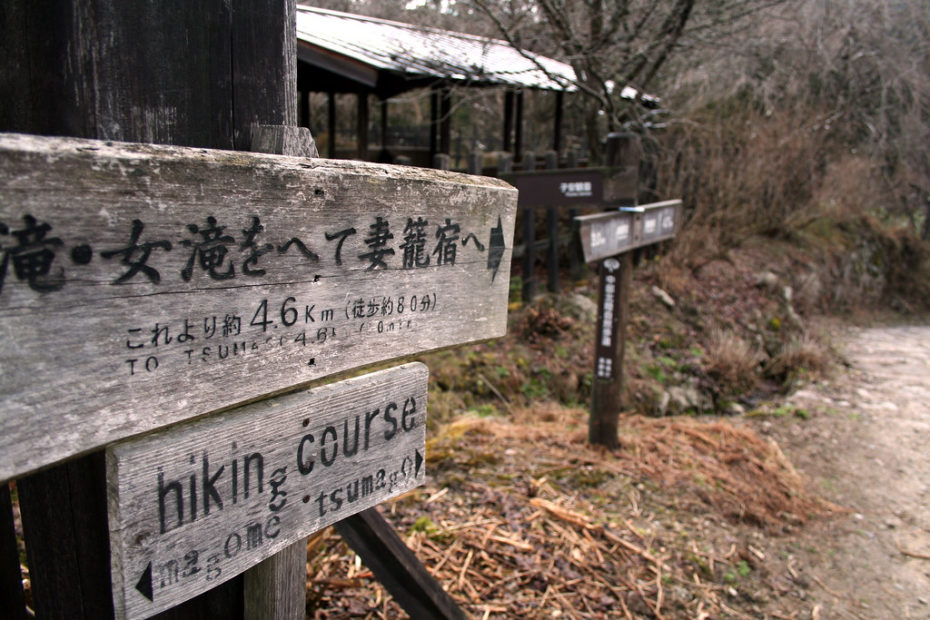
You can even hike between the two towns of Magome and Tsumago (an easy trail recommended even for the least sporty of travellers). So many souls have passed through the Kiso valley connecting these stations, and you can almost feel it in the air…
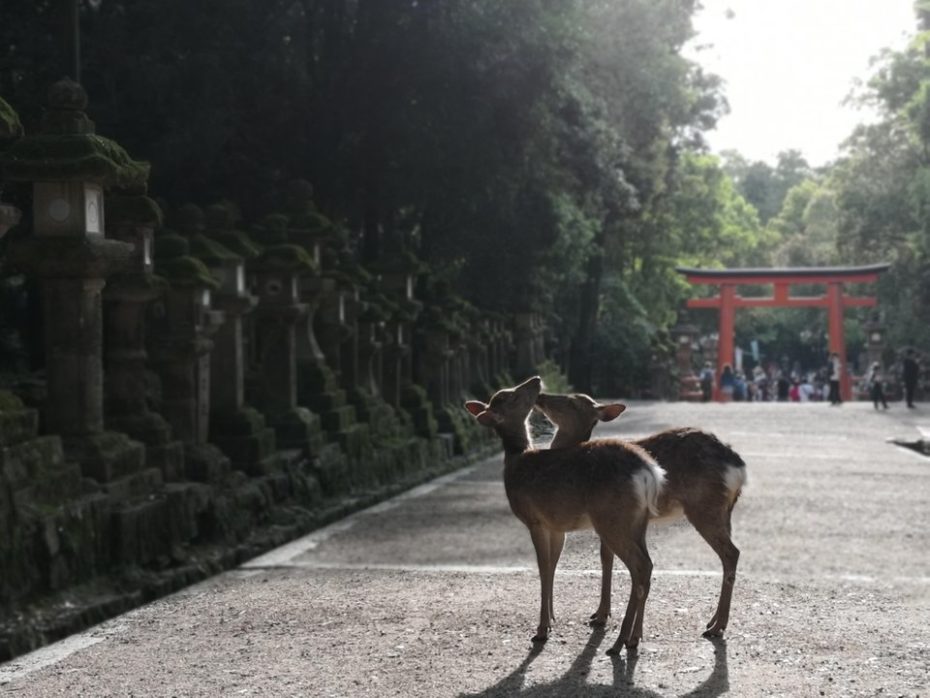
If you’re thinking about a trip to Japan and would like to discover some of Nakasendo’s post towns, here are a few useful travel tips:
A link to guest houses in Tsumago. You may want to spend the first night in the post town of Narai, before moving on to Tsumago and Magome (all walkable along the Nakasendo). To give you an idea of accommodation prices, in Narai, you can stay at Minshuku Shimada for under $100/night.
How to travel between Tokyo and the Kiso Valley post towns? Go here.
















